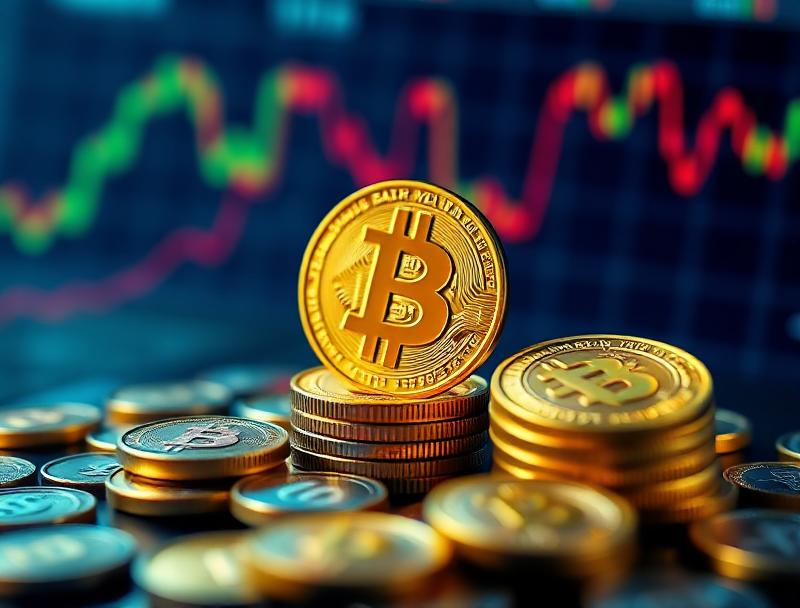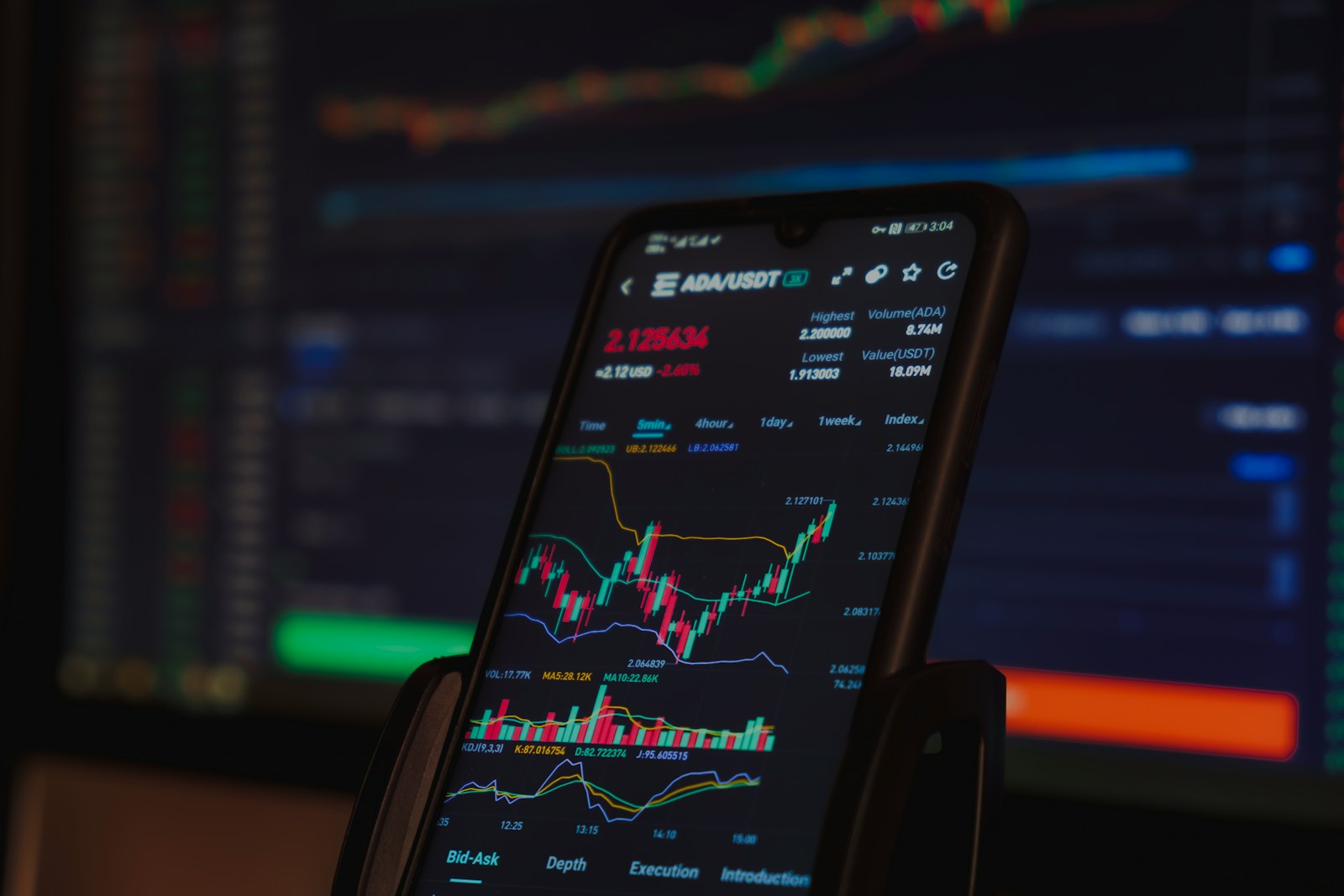
Tracking issuance rates alongside burn mechanisms is fundamental for understanding circulating units’ fluctuations. For example, Ethereum’s recent shift to EIP-1559 introduced a deflationary pressure by burning base fees, which in some months exceeded new issuance, effectively reducing net availability. Quantifying these opposing forces provides clearer insight into real inflationary trends beyond headline supply growth figures.
The interplay between newly created tokens and those removed from circulation dictates scarcity and purchasing power. In protocols like Binance Smart Chain, consistent high issuance combined with minimal token destruction has led to inflation rates above 5% annually, impacting holder value. Conversely, projects employing aggressive burn schedules often exhibit transient deflationary phases that attract speculative interest but require careful sustainability assessment.
Accurate evaluation demands integrating on-chain data such as minting events, staking rewards distribution, and scheduled burns within a unified framework. Metrics like annual percentage increase or decrease in total available units must be contextualized against network activity and economic incentives to avoid misleading conclusions. How do these factors shift market sentiment? Recent studies indicate that visible token removal correlates with temporary price uplifts; however, long-term effects depend heavily on continuous issuance policies.
Inflation analysis: measuring token supply dynamics [Market Analysis]
Accurate tracking of issuance rates is fundamental to understanding the expansion or contraction of circulating digital assets. Network protocols define specific emission schedules, often characterized by fixed or variable increments per block or epoch, which directly influence total availability. For instance, Ethereum’s recent shift to Proof-of-Stake has altered issuance parameters, reducing annual growth from approximately 4% to under 1.5%, significantly impacting market perceptions and valuation models.
Burn mechanisms serve as counterbalances to new creation by permanently removing units from circulation, thus generating deflationary pressure. Binance Smart Chain’s BNB token implements routine buy-back and burn events based on transaction fees, systematically lowering its quantity and creating scarcity effects that can enhance intrinsic value over time. Evaluating these opposing forces–issuance versus destruction–is critical for projecting net changes in asset volumes.
Quantitative metrics for monitoring expansion and contraction
Key indicators include gross issuance rate, net change after burns, and circulating quantity adjustments over specified intervals. By analyzing on-chain data through API endpoints such as Etherscan or Glassnode, analysts quantify real-time modifications with precision. For example, Solana’s inflation model targets a starting rate near 8% annually, gradually declining toward 1.5%, enabling stakeholders to anticipate dilution risks and optimize strategies accordingly.
Comparative case studies reveal varying approaches to managing unit generation policies. Terra (LUNA) initially adopted high issuance combined with aggressive burns triggered by algorithmic stablecoin demand fluctuations; however, systemic vulnerabilities emerged when burn rates lagged behind supply growth during market stress episodes. Conversely, projects like Polygon utilize minimal issuance alongside community-driven lockups and scheduled burns to maintain tight control over available tokens.
Market participants should also consider protocol upgrades that recalibrate minting logic or introduce dynamic burning algorithms responsive to network activity levels. Such enhancements foster adaptive equilibrium between creation and elimination processes, mitigating runaway inflationary trends while preserving liquidity incentives. Continuous observation of these parameters helps anticipate shifts in purchasing power and governance weight distribution within ecosystems.
Ultimately, synthesis of emission schedules with deflationary tactics informs comprehensive assessment frameworks essential for investment decisions and risk management. Employing granular blockchain analytics combined with economic modeling enables nuanced forecasts of future token volume trajectories under diverse scenarios. How will emerging consensus mechanisms further refine these balances? The evolving interplay warrants close scrutiny amid ongoing market volatility and innovation cycles.
Calculating Token Inflation Rates
The accurate calculation of a cryptocurrency’s inflation rate requires comparing the total quantity of new units introduced over a specific period against the existing aggregate. This involves tracking both issuance mechanisms and any reduction processes such as token burning. For example, Ethereum’s transition to a deflationary model post-EIP-1559 demonstrates how burn rates can offset new issuance, significantly affecting net supply growth.
To quantify inflation precisely, one must analyze the net increase in circulating assets by subtracting tokens permanently removed from circulation through burn events from freshly minted quantities. Consider Binance Coin (BNB), which performs quarterly burns based on trading volume–these burns reduce overall availability and thus suppress nominal expansion despite ongoing issuance through staking rewards or other incentives.
Key Factors in Supply Growth Evaluation
When assessing expansion percentages, it is essential to differentiate between gross issuance and net supply changes caused by deflationary mechanics. A straightforward formula often employed is:
Inflation Rate = (Newly Issued Units - Burned Units) / Previous Total Circulating Units × 100%
This formula provides a clear metric of real supply increase, accounting for both additive and subtractive influences on the pool of active coins or tokens.
For instance, Terra Classic (LUNC) faced hyperinflation due to unchecked minting, but subsequent community-driven burn initiatives aimed to restore equilibrium by reducing total coins outstanding.
- Issuance schedules: Fixed vs. dynamic reward structures impact predictability.
- Burn frequency and scale: Regularity and volume influence deflationary pressure intensity.
- Circulation versus total minted amount: Distinguishing locked or staked assets clarifies actual liquidity expansion.
The interaction between these parameters dictates whether an asset exhibits inflationary tendencies or shifts towards deflation over time. Notably, some decentralized finance protocols introduce “elastic” supplies adjusting automatically based on price targets, complicating straightforward calculations.
The recent shift in Ethereum’s monetary policy highlights how measuring net additions rather than gross issues yields more meaningful insights into scarcity and value retention. Observing on-chain metrics such as burned fees per day alongside mining rewards illustrates real-time supply adjustments impacting market sentiment and tokenomics models alike.
A thorough evaluation must also consider planned emission curves embedded in consensus protocols. Bitcoin’s halving events every four years cut block rewards in half, effectively reducing annual growth rates from around 10% at inception to under 2% currently. This scheduled tapering serves as a predictable mechanism curbing inflation over time–a sharp contrast to projects without explicit caps or diminishing returns where uncontrolled growth risks devaluing holders’ stakes.
Identifying supply growth drivers
Quantifying the factors behind asset creation is key to understanding monetary expansion within blockchain ecosystems. Primary issuance protocols, such as block rewards in proof-of-work or staking incentives in proof-of-stake networks, serve as direct contributors to circulating quantity increases. For instance, Bitcoin’s fixed annual inflation rate started around 10% in its early years and has decreased over time due to halving events, illustrating how programmed issuance schedules influence asset availability systematically.
Conversely, mechanisms that reduce token count–often termed deflationary–play a crucial role in offsetting new entries into circulation. Examples include token burns triggered by transaction fees or governance decisions. Ethereum’s adoption of EIP-1559 introduced a base fee burn model that permanently removes ETH from circulation with each transaction, effectively acting as a counterbalance to continuous issuance through mining rewards. This interplay between additive and subtractive forces shapes the net change in aggregate holdings.
Drivers impacting network liquidity fluctuations
Beyond protocol parameters, economic incentives embedded within decentralized finance platforms can accelerate or decelerate quantity growth rates. Yield farming rewards typically increase total units held by participants but may also lead to concentration effects where tokens are locked for extended periods. Meanwhile, vesting schedules tied to team allocations delay immediate introduction of tokens into open markets, modulating short-term quantity shifts despite long-term inflationary trends. Analyzing these temporal lockups alongside active distribution unveils nuanced supply behavior.
Examining recent trends across various chains reveals divergent patterns influenced by market demand and policy adjustments. Binance Smart Chain’s rapid initial issuance was met with aggressive token burns from project teams aiming to sustain value amid high emission rates. In contrast, stablecoins like USDC maintain near-fixed nominal quantities aligned with fiat reserves but can experience sudden changes based on redemption flows and minting activity. Accurate assessment requires integrating on-chain data analytics tools capable of parsing issuance schedules, burn transactions, and vesting contracts collectively.
Analyzing Token Issuance Schedules
To understand the impact of token distribution plans on market behavior, one must closely examine emission timetables and programmed minting rates. These schedules determine how new units enter circulation over time, influencing the rate at which purchasing power dilutes or consolidates. For example, Bitcoin’s halving events systematically reduce block rewards approximately every four years, effectively slowing the increase of available coins and contributing to scarcity-driven value appreciation.
Contrastingly, projects with linear or front-loaded release mechanisms often experience rapid expansion in available units early on, which can exert downward pressure on valuation unless balanced by consistent demand growth. Measuring these inflows against transactional velocity and user adoption provides a clearer picture of potential inflationary effects within the ecosystem. Ethereum’s transition to Proof-of-Stake introduced a shift in issuance patterns that lowered net annual growth, partially due to burning transaction fees under EIP-1559.
Key Mechanisms Influencing Circulation Growth
Certain protocols implement deflationary tactics like burning a portion of fees or tokens to counterbalance new supply additions. Binance Coin (BNB), for instance, conducts quarterly burns based on revenue metrics, reducing total quantity and tightening availability. These engineered contractions serve as counterweights to programmed expansions and can stabilize or even reduce overall token counts over time. Analyzing burn schedules alongside minting algorithms provides insight into long-term equilibrium states.
Additionally, vesting periods embedded in issuance frameworks modulate short-term liquidity by delaying access for team members and early investors. This temporal control mitigates sudden influxes that could otherwise trigger price instability. Polkadot employs gradual unlocking phases spread across multiple years, thereby smoothing supply shocks and promoting organic growth in circulating units aligned with network maturity.
The interaction between reward incentives for validators or stakers and issuance cadence also shapes aggregate availability. Networks offering substantial yield through newly created tokens must balance these rewards against inflationary risks; excessive emissions without corresponding demand lead to depreciation pressures. Near Protocol’s adaptive staking rewards adjust issuance according to network utilization metrics, showcasing dynamic alignment between compensation and currency expansion.
A meticulous review of emission plans reveals trade-offs between incentivizing participation via continuous unit creation and maintaining scarcity that supports value retention. Market conditions heavily influence whether increases in available quantities translate into effective dilution or are absorbed by rising activity levels. In volatile environments, aggressive minting may exacerbate downward price trends unless offset by mechanisms like token destruction or lockup strategies.
The complexity grows further when considering cross-chain bridges and wrapped asset supplies, which introduce additional layers affecting overall availability beyond native emission schedules. Evaluating these external factors alongside core protocol parameters allows for a holistic understanding of how digital assets evolve quantitatively over time–critical knowledge for forecasting valuation trajectories accurately amidst shifting decentralized finance landscapes.
Assessing Burn Mechanisms Impact
Burn protocols directly influence the net availability of a cryptocurrency by permanently removing units from circulation. Evaluating their effect requires comparing burn volumes against issuance rates over defined periods. For example, Ethereum’s EIP-1559 introduced a base fee burn, which in 2023 led to the destruction of approximately 1.2 million ETH, offsetting new issuance and pushing effective net growth close to zero or even negative at times. Such data underscores how systematically applied burns can counteract inflationary pressures.
Analyzing token removal methods across different networks reveals varying degrees of effectiveness. Binance Coin (BNB) employs quarterly burns funded by trading fees, targeting a total reduction of 100 million BNB from an initial 200 million supply. By Q1 2024, over 35 million tokens were eliminated, tightening circulating volume and supporting price stability. In contrast, projects without consistent or scheduled burns often see minimal impact on overall quantity fluctuations despite nominal token destruction events.
Comparative Effects on Circulating Quantity
Quantitative assessment involves tracking both gross additions due to mining or staking rewards and deductions via burning mechanisms. Cardano’s approach includes selective token burns linked to transaction fees rather than broad supply cuts; this limits direct contraction but introduces a frictional decrease that marginally slows expansion rate. Conversely, deflationary tokens like Shiba Inu implement automatic burns triggered by transaction thresholds or liquidity pool interactions, creating dynamic supply adjustments tied closely to network activity.
Careful scrutiny must consider whether burned tokens derive from user balances or protocol-controlled reserves. When burns originate primarily from treasury holdings–as seen in some governance models–the immediate scarcity effect on market-available units is less pronounced compared to direct user wallet reductions. This distinction impacts secondary market behavior and price discovery mechanisms differently depending on where tokens are withdrawn.
Ultimately, assessing the interplay between creation and elimination processes demands granular on-chain monitoring tools combined with economic modeling to forecast future trends accurately. While burn strategies clearly mitigate unchecked expansion by reducing available quantities, their design intricacies dictate long-term sustainability and influence speculative dynamics within digital asset ecosystems.
Conclusion: Tracking Circulating Quantity Fluctuations
Accurate evaluation of circulating quantity shifts remains indispensable for understanding the economic pressures acting on blockchain assets. Recent cases, such as Ethereum’s transition to EIP-1559 with its automated burn mechanism, demonstrate how deliberate contraction methods can induce a deflationary effect that counterbalances issuance and network rewards. This interplay between expansionary and reductive forces directly influences valuation models and market sentiment.
Quantitative scrutiny of available units must incorporate both protocol-level minting events and off-chain activities affecting liquidity pools or staking contracts. For instance, stablecoins like USDC occasionally adjust their operational reserves, creating short-term volatility in accessible tokens. Without dissecting these flows, any assessment risks overlooking crucial drivers behind inflationary tendencies or scarcity-induced price appreciation.
Technical Implications and Forward Outlook
- Granular monitoring tools should extend beyond on-chain metrics to capture locked versus truly liquid quantities, enabling refined projections about purchasing power dilution or concentration.
- Burn rates and emission schedules require continuous recalibration against network usage patterns to foresee potential regime shifts from inflationary supply growth towards deflationary contraction phases.
- Emerging governance models, which allow dynamic adjustments of issuance parameters, underscore the need for real-time data feeds integrating voting outcomes with token flow analytics to anticipate policy impacts effectively.
- Diversification in tokenomics designs, such as dual-token systems separating utility from governance roles, complicates simple stock-to-flow assessments but opens avenues for sophisticated econometric modeling.
The evolving landscape demands analysts remain vigilant to how subtle changes in distribution mechanisms translate into macroeconomic trends. How will upcoming protocol upgrades balance incentivization without triggering runaway expansions? Can adaptive burning strategies sustainably maintain token value amid fluctuating demand? Addressing these questions hinges on deploying multifaceted frameworks that reconcile issuance patterns with circulating availability nuances, thus providing stakeholders with actionable insights grounded in empirical evidence rather than speculation.
In conclusion, meticulous tracking of asset circulation is not merely an academic exercise but a strategic imperative shaping investment decisions and protocol design alike. As decentralized ecosystems mature, enhanced transparency around supply fluctuations will empower participants to navigate complexities inherent in cryptoeconomic environments confidently.






